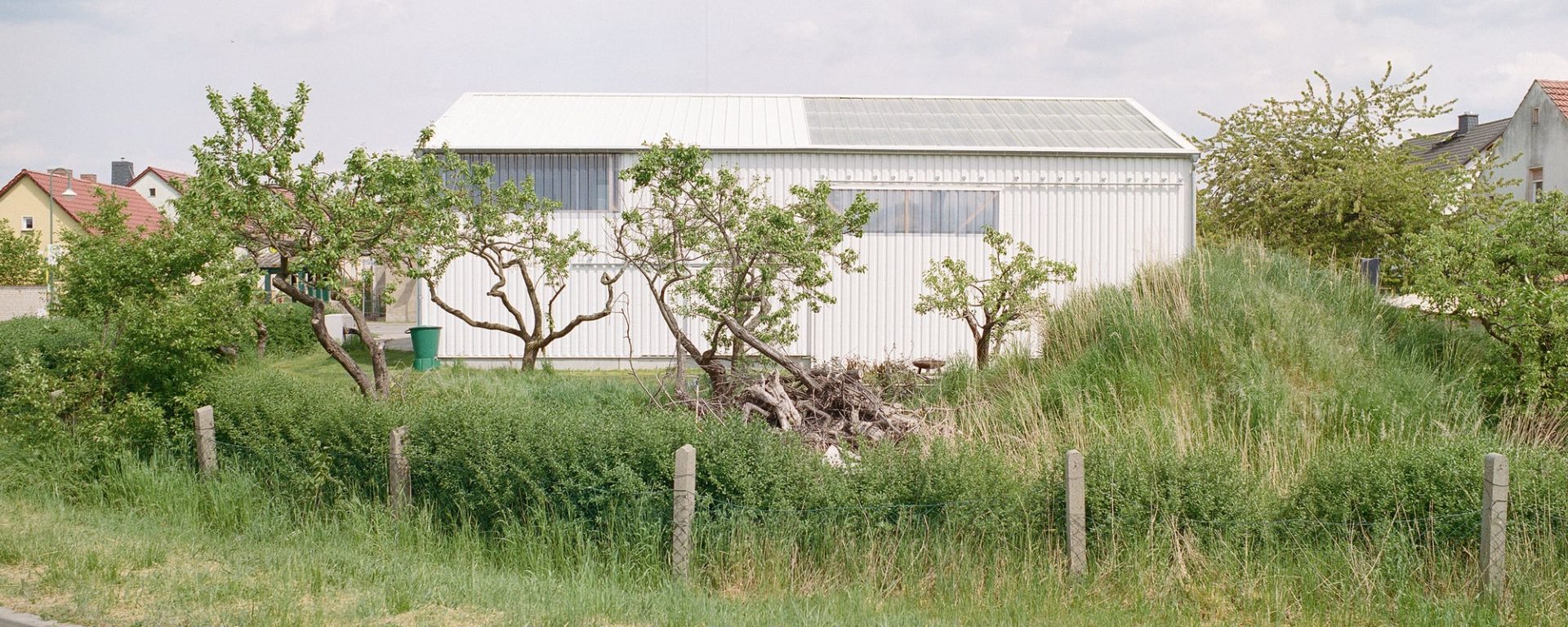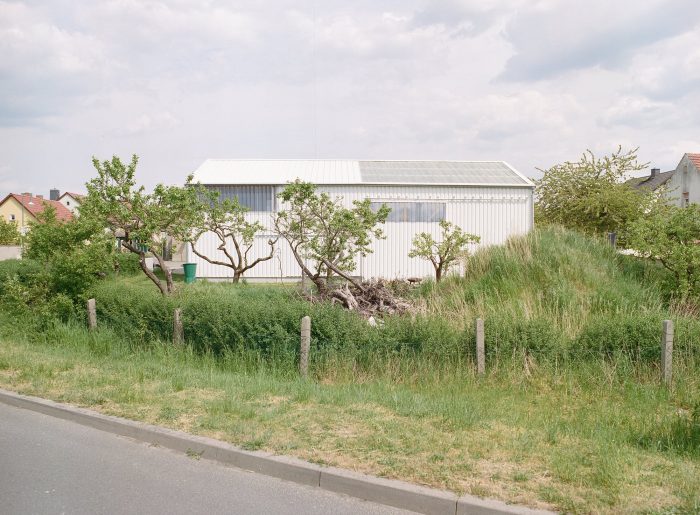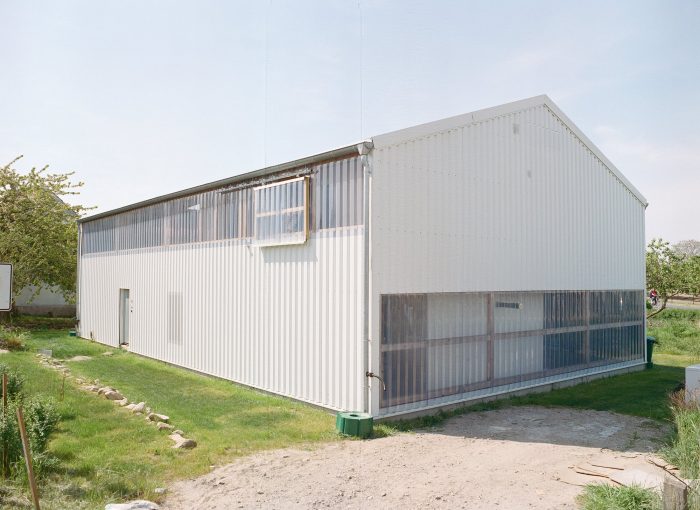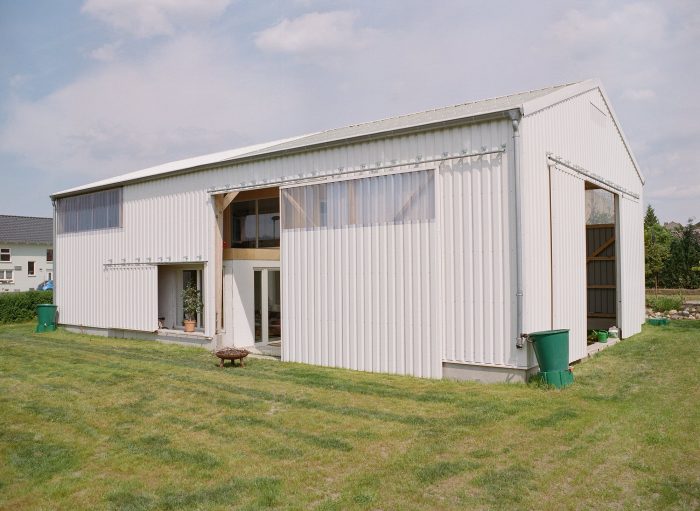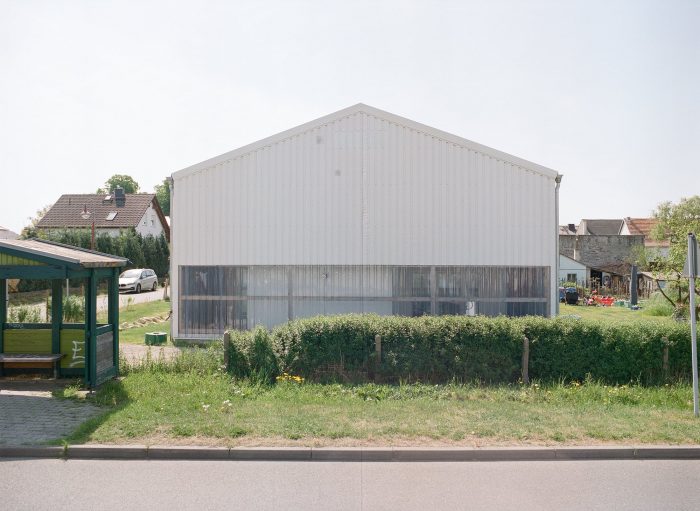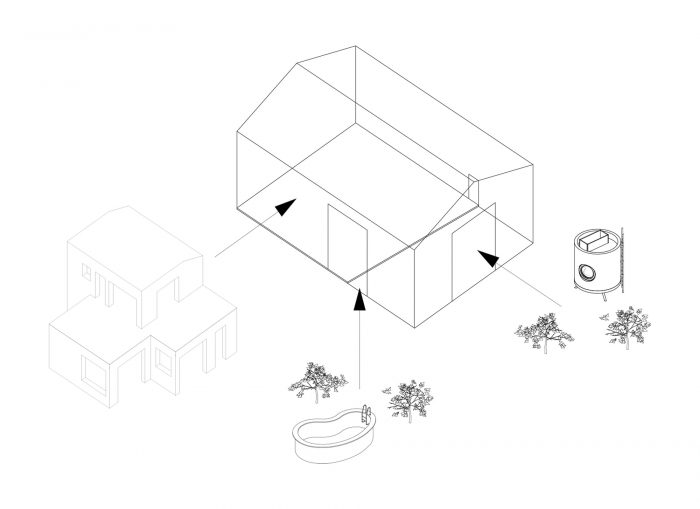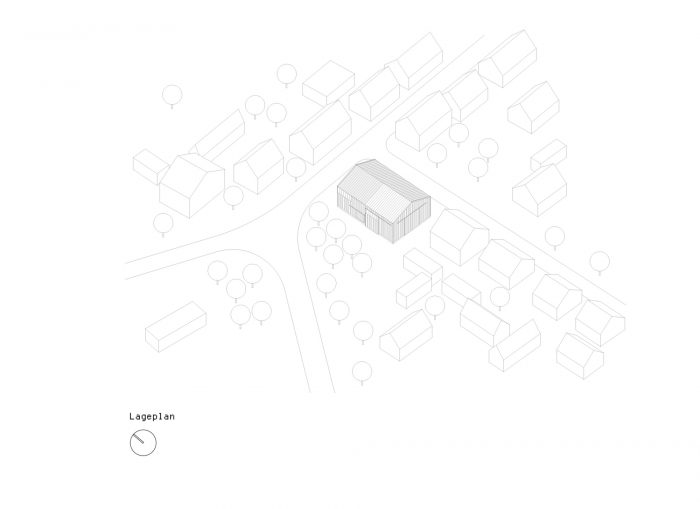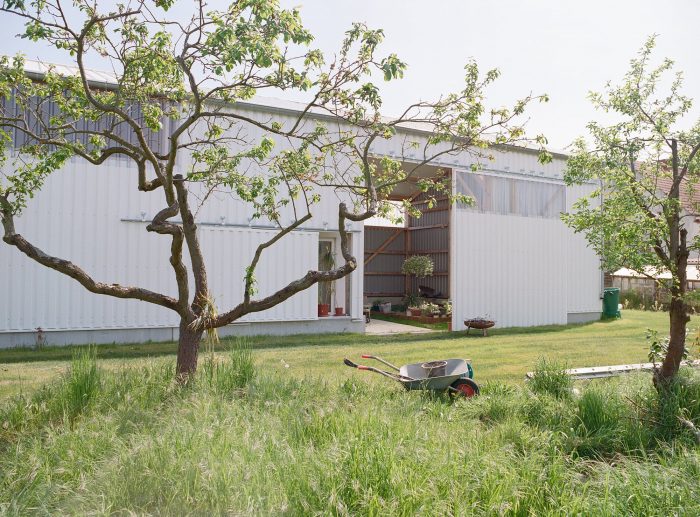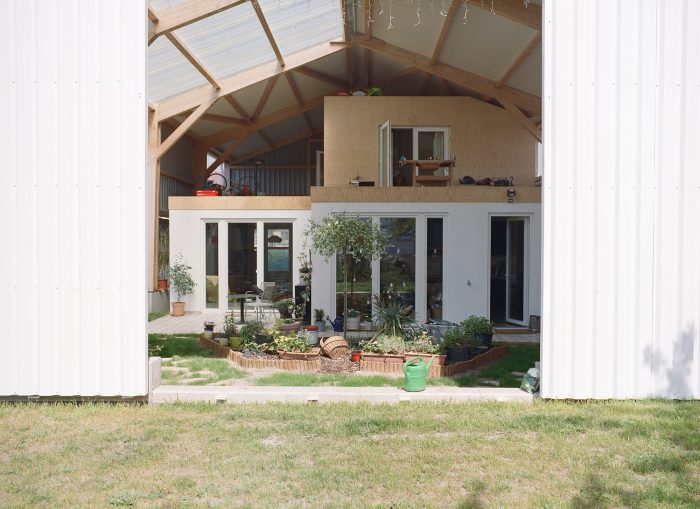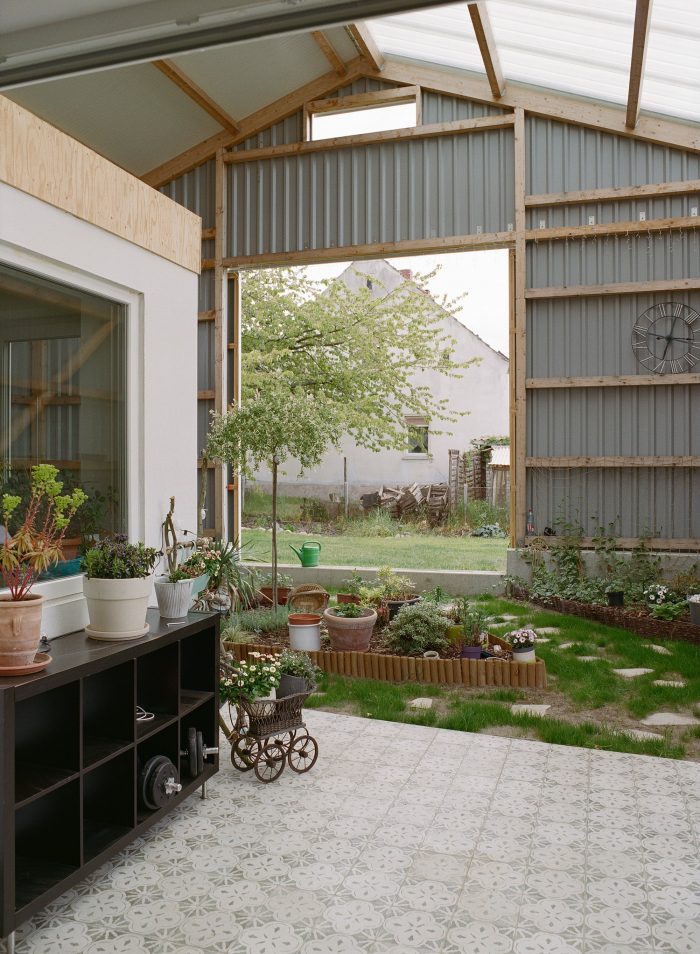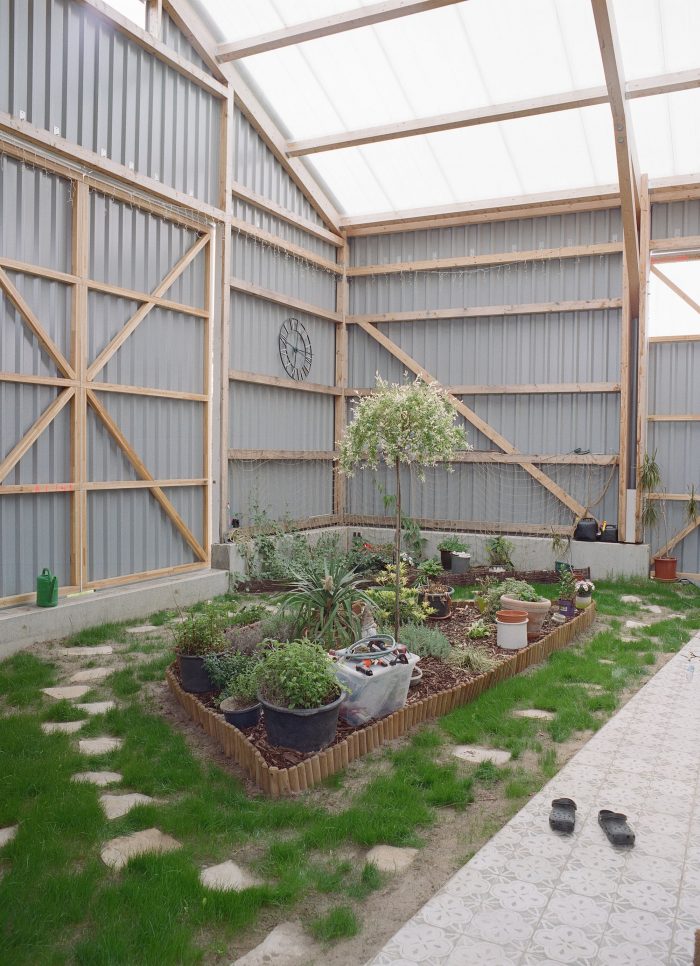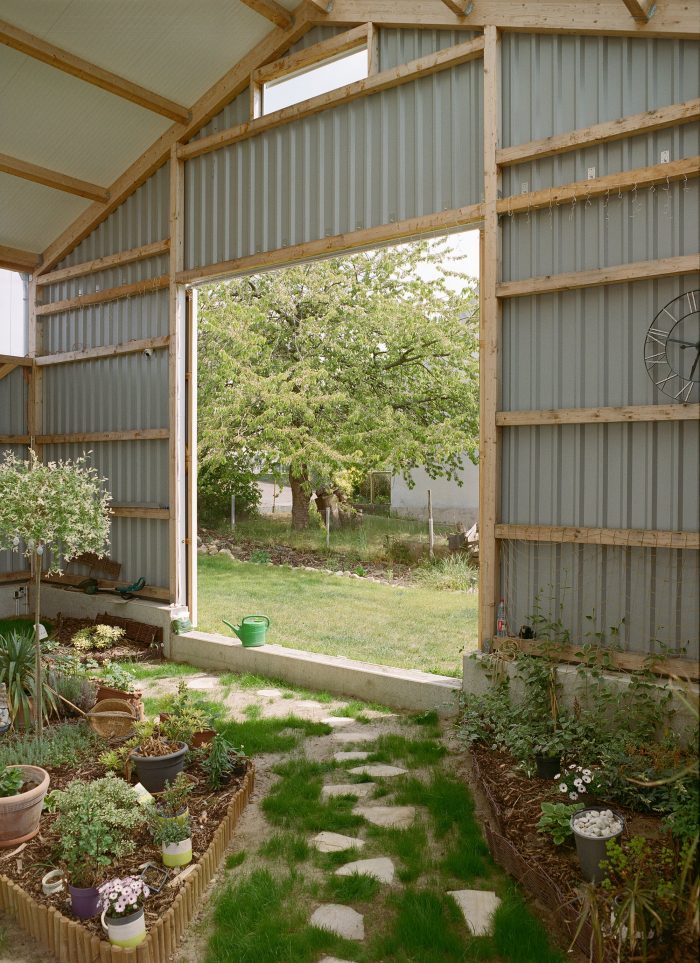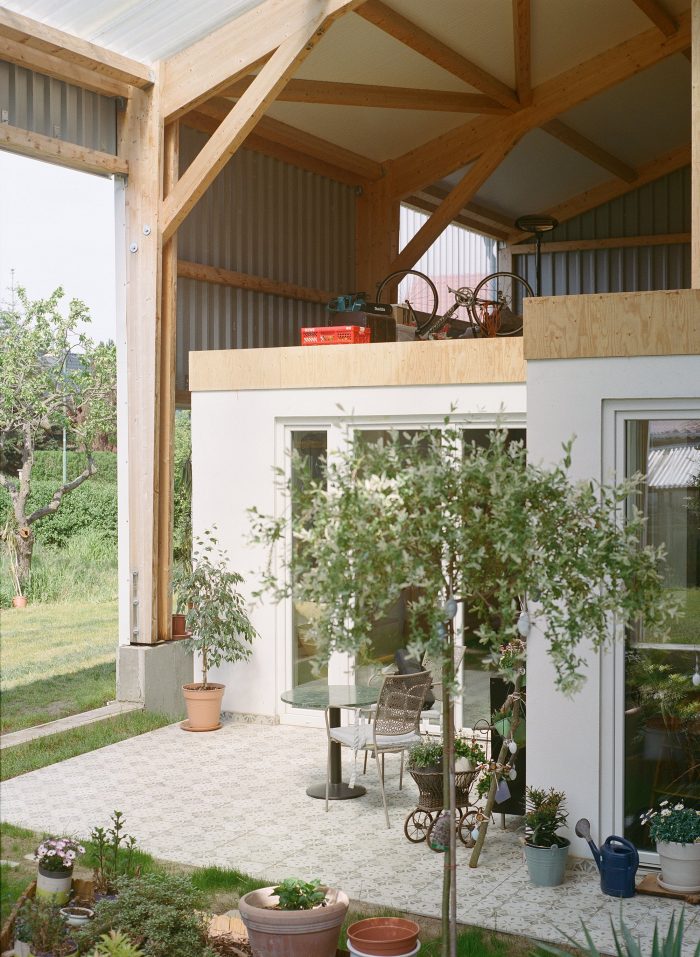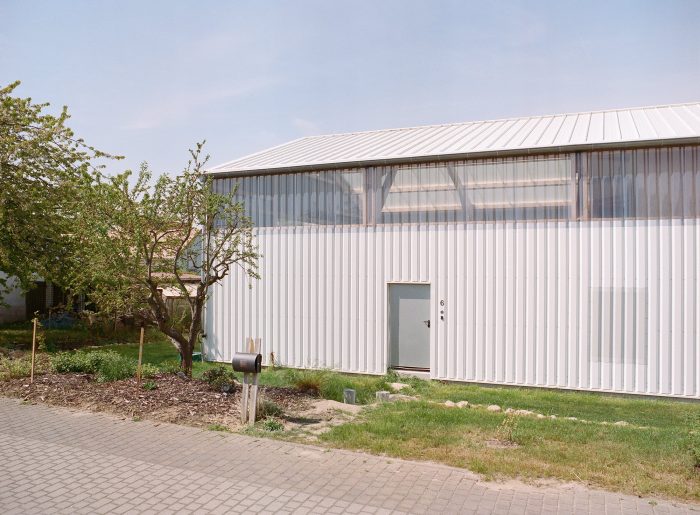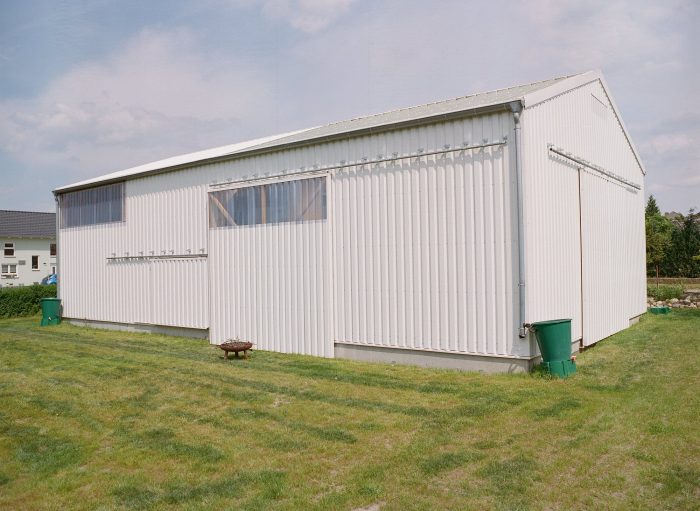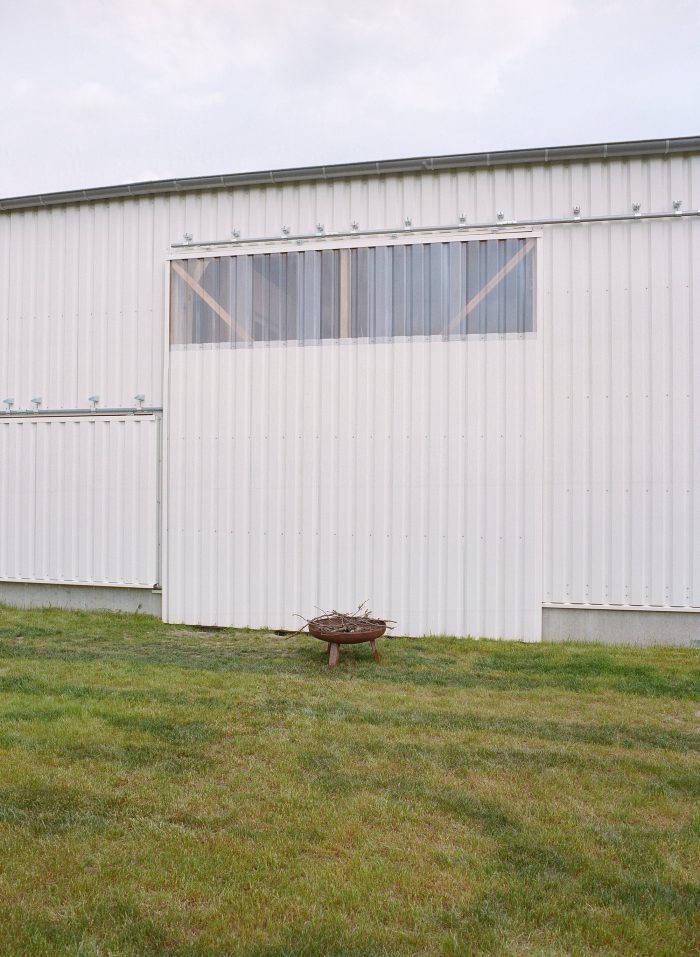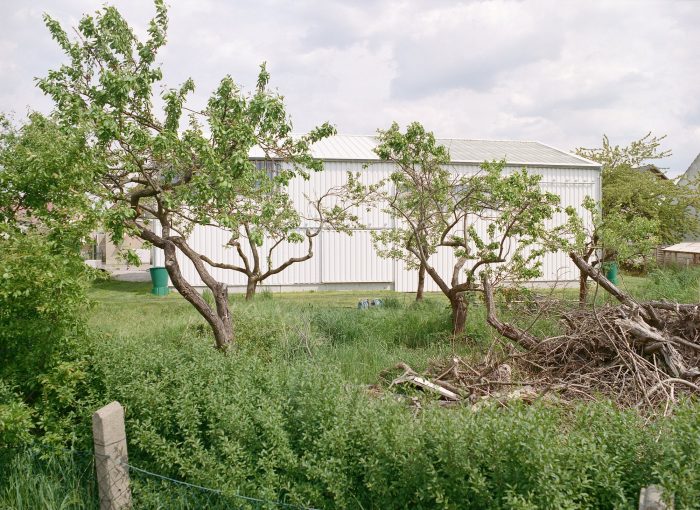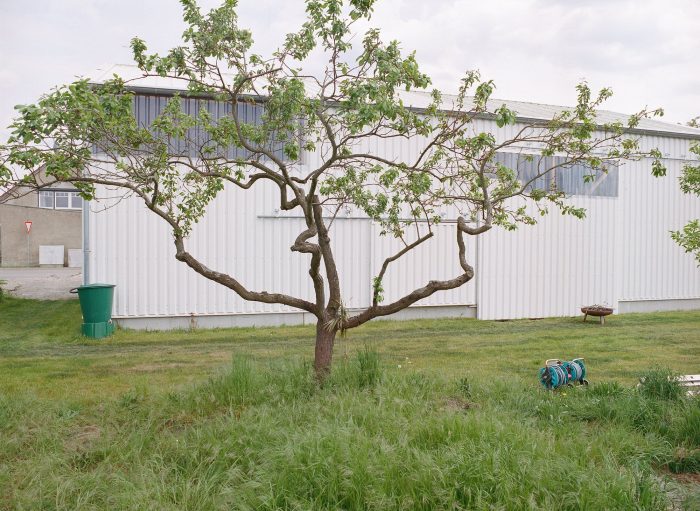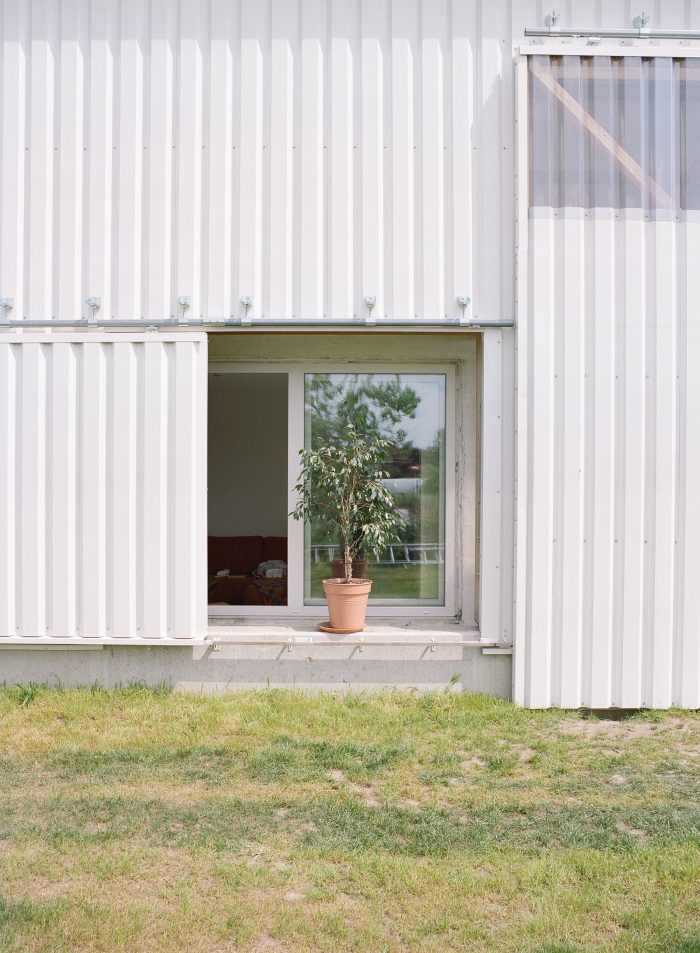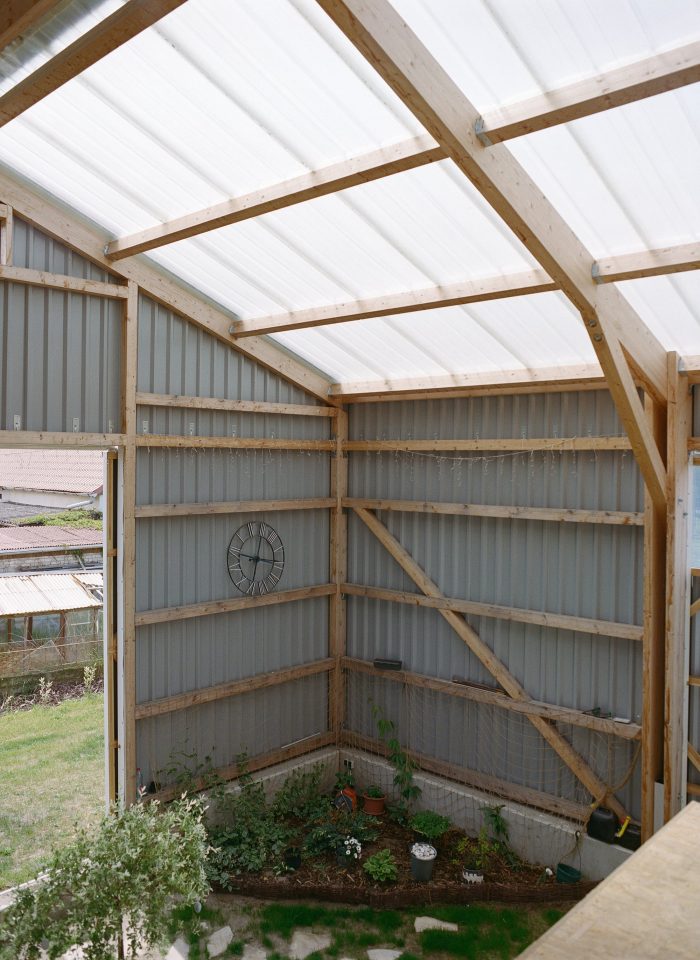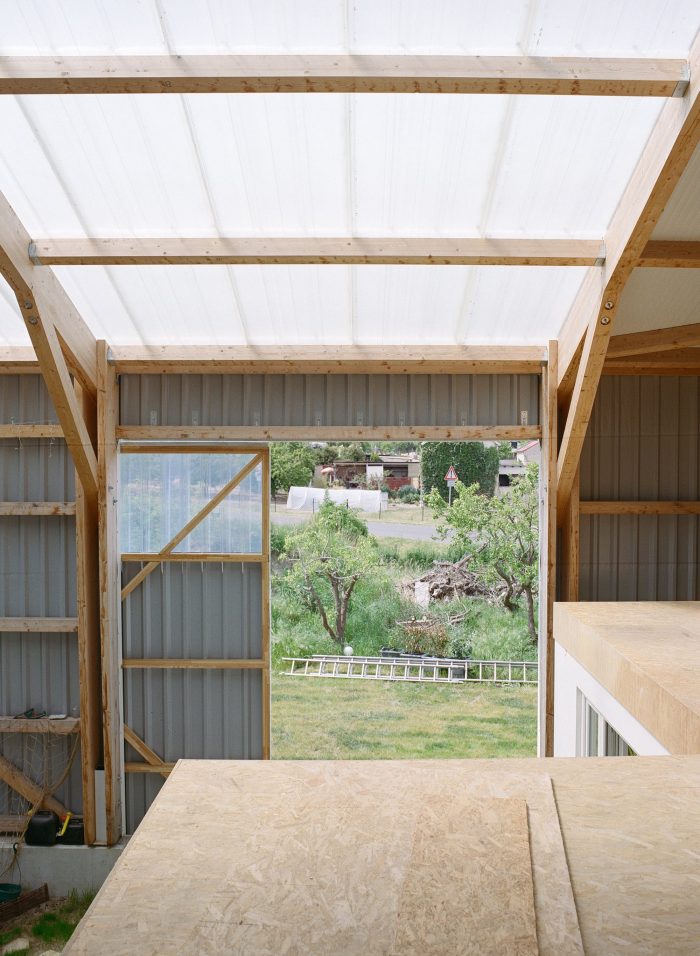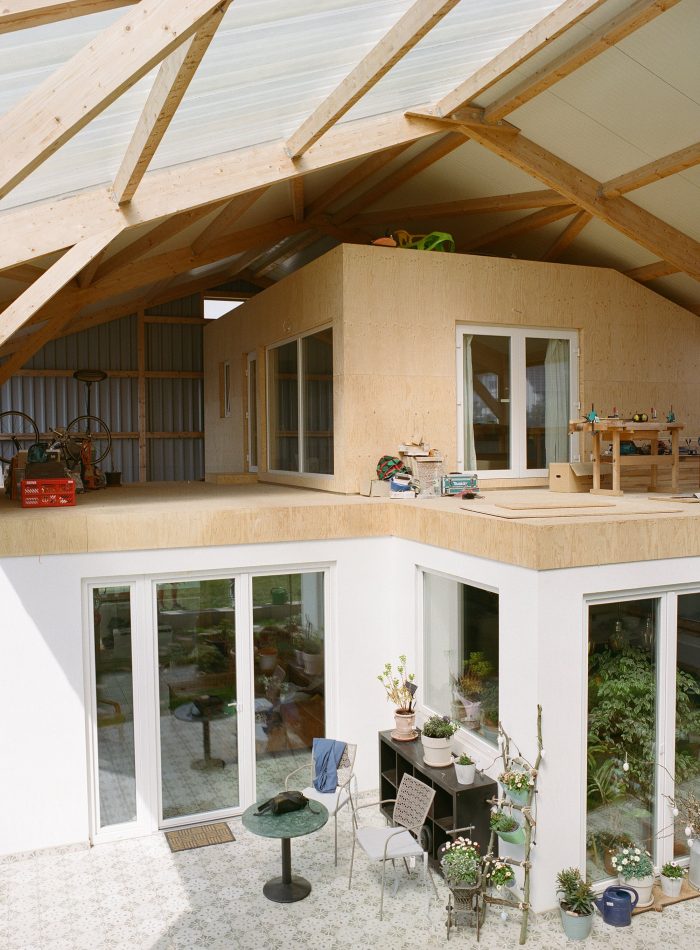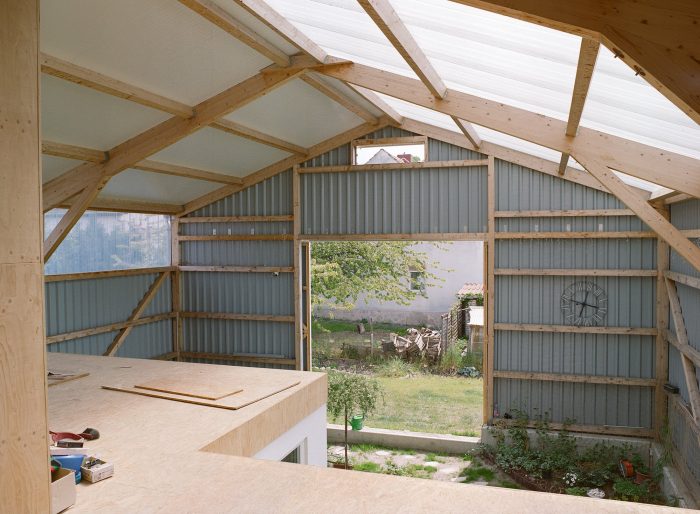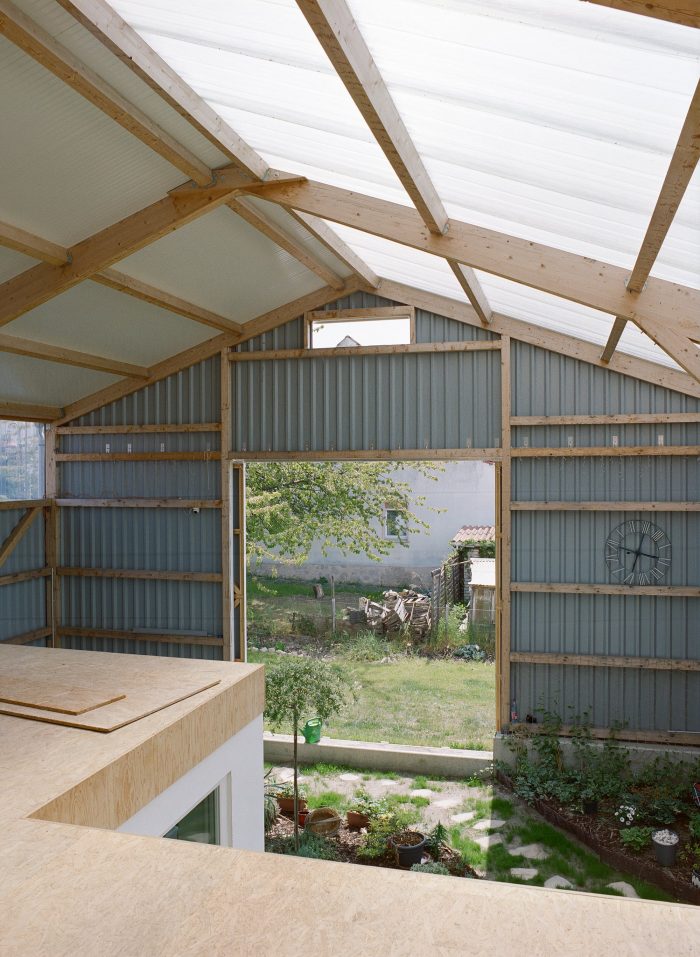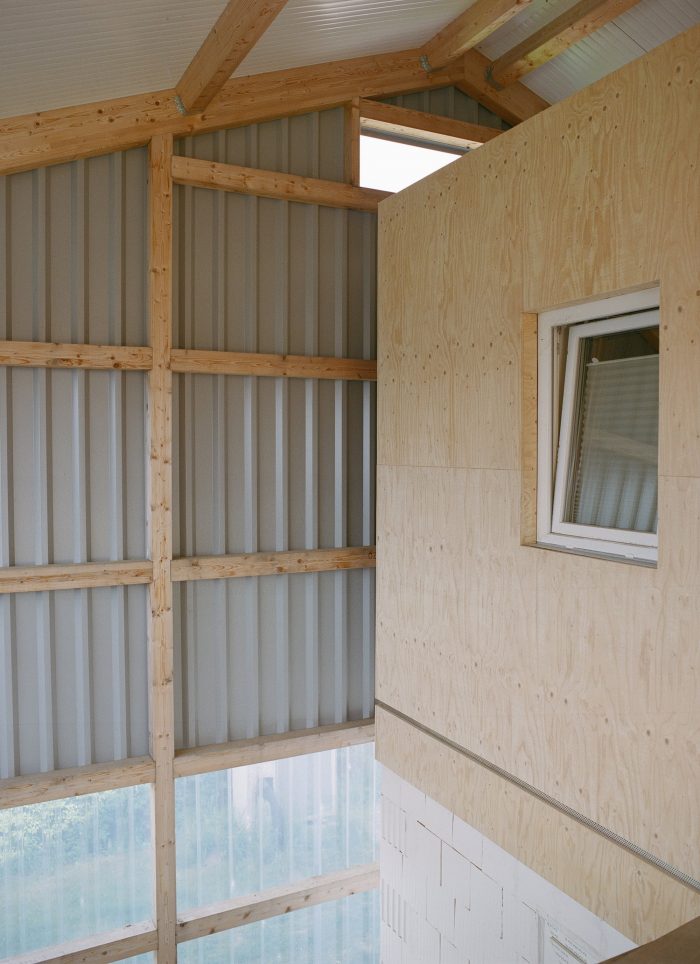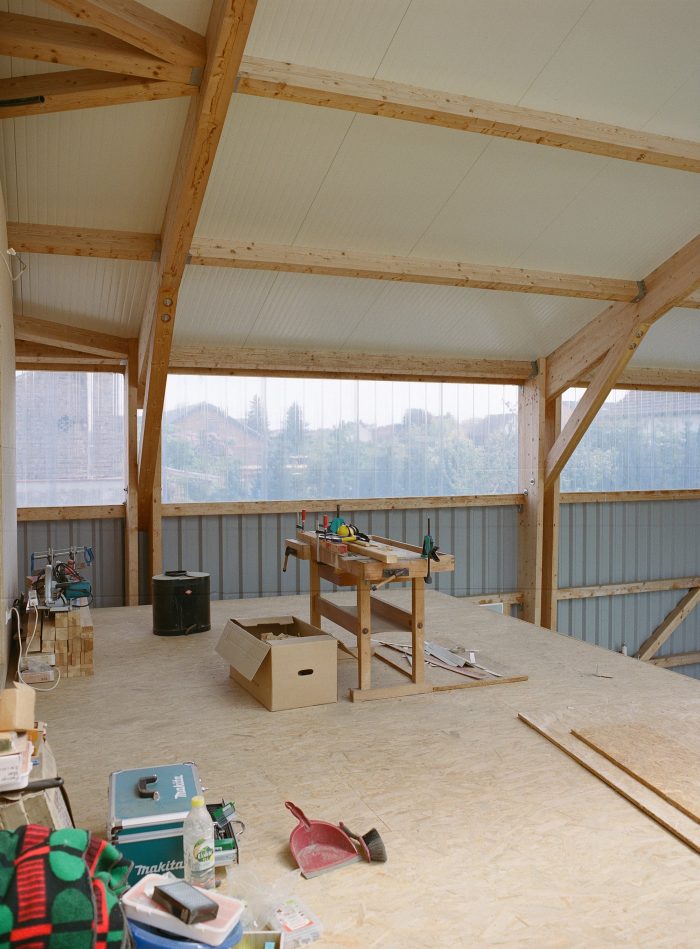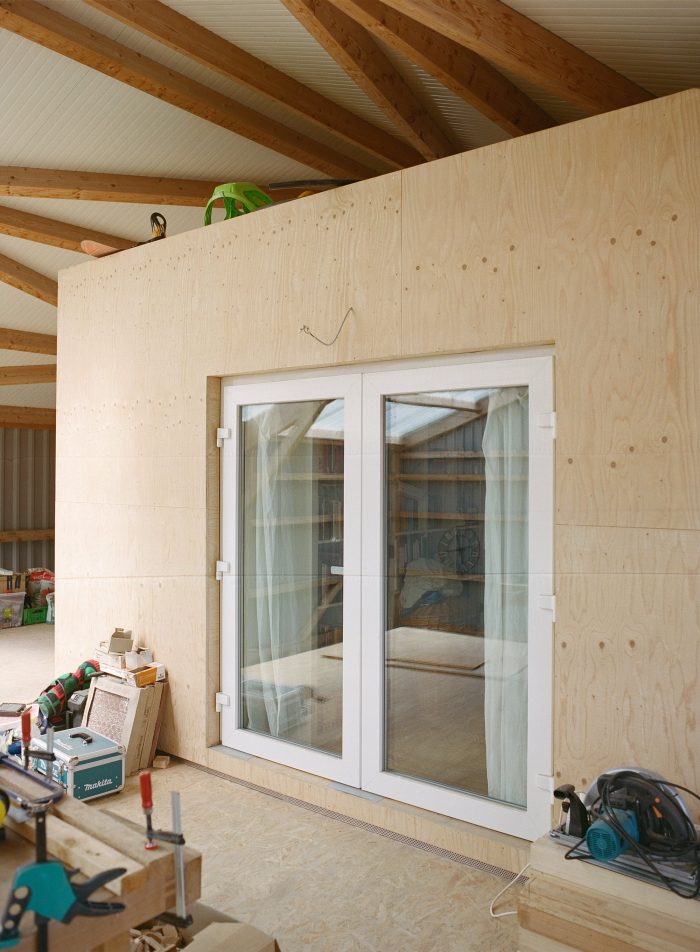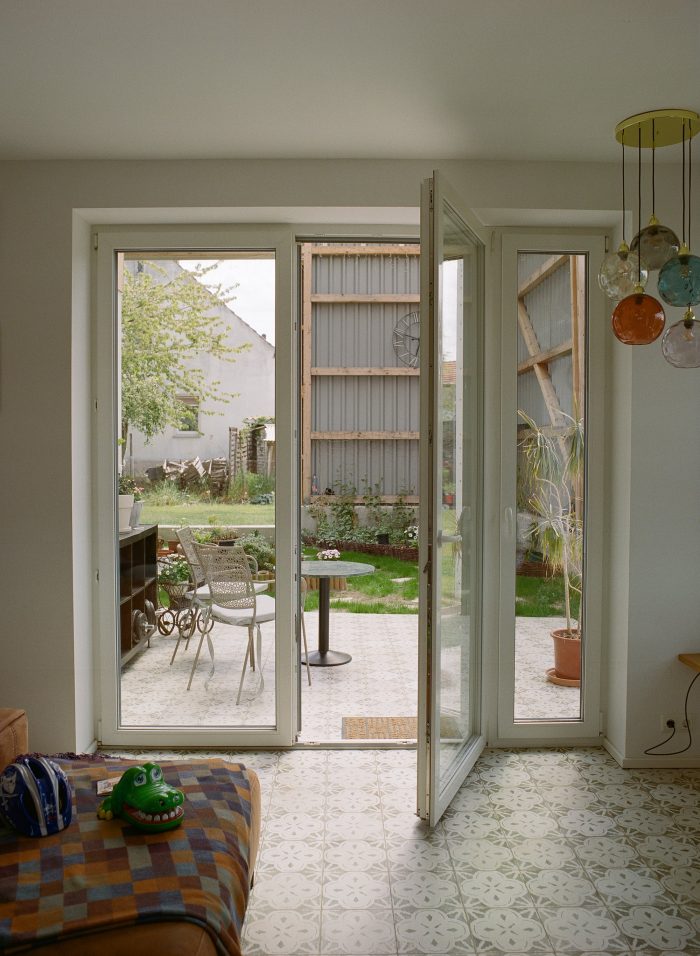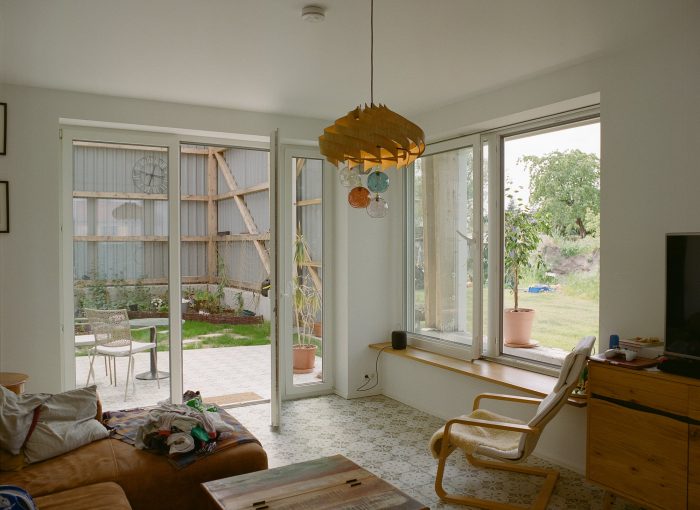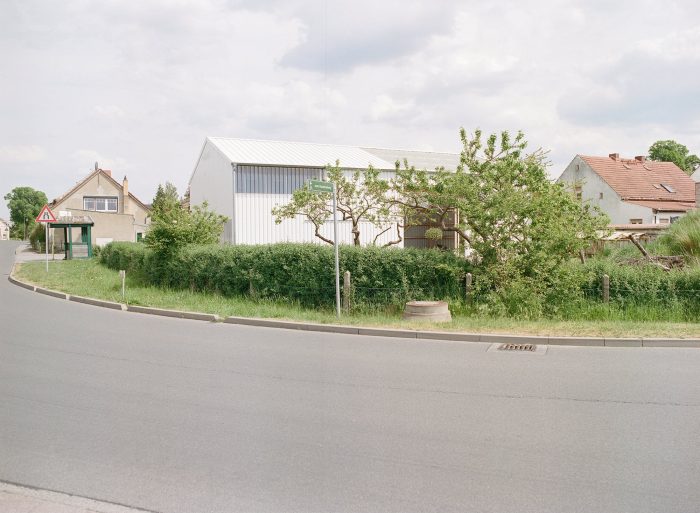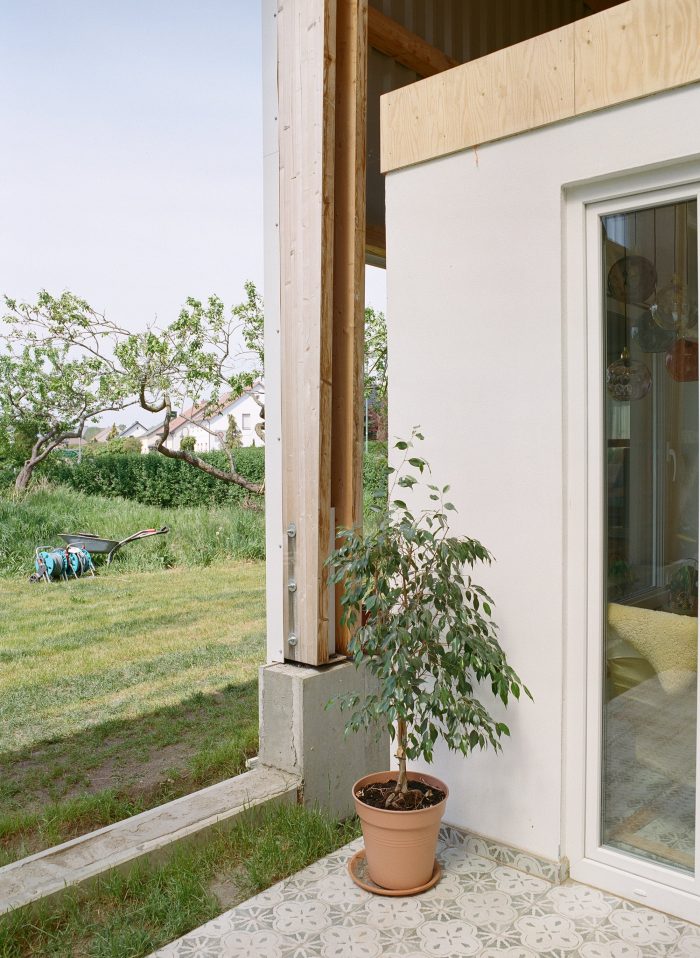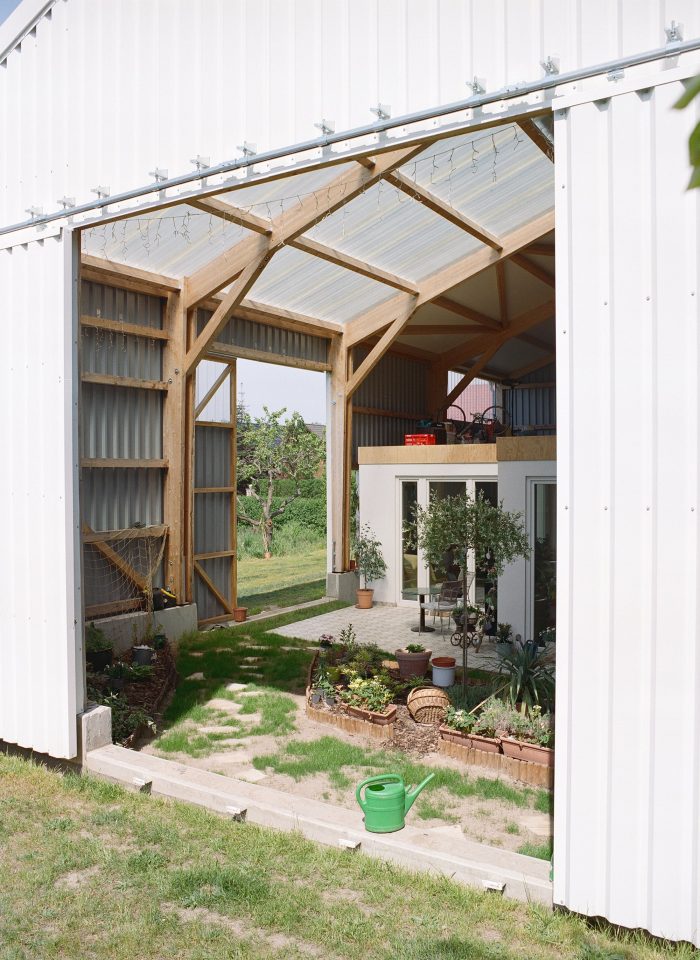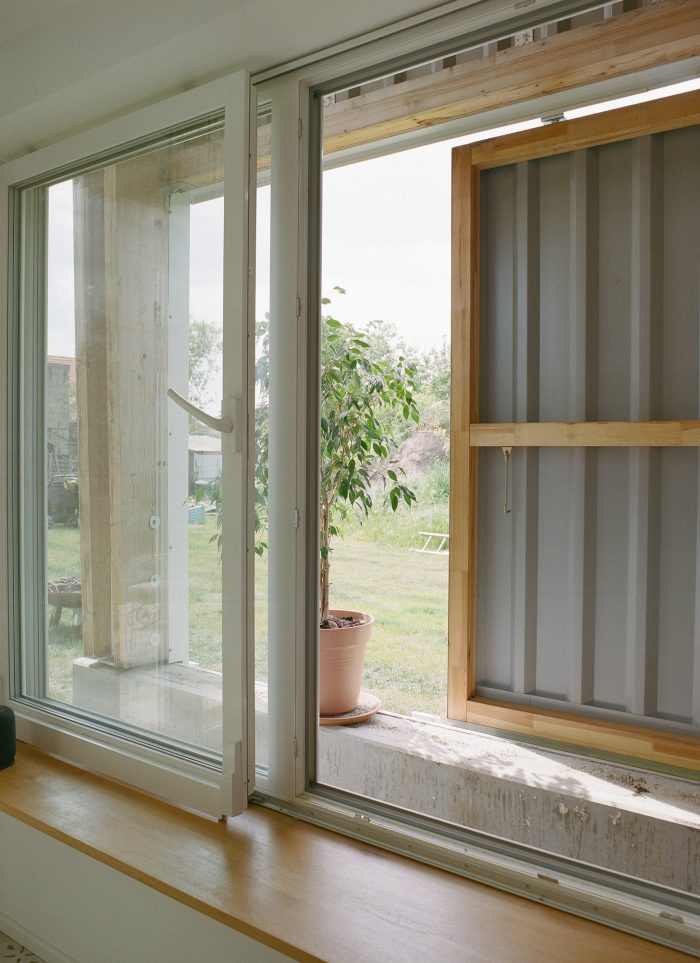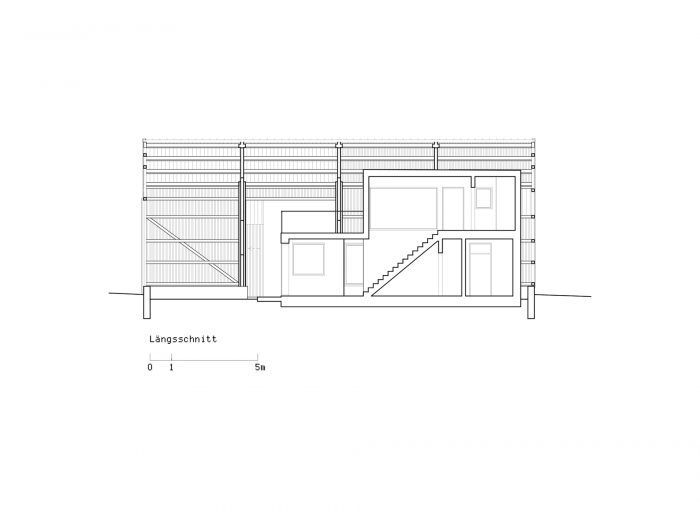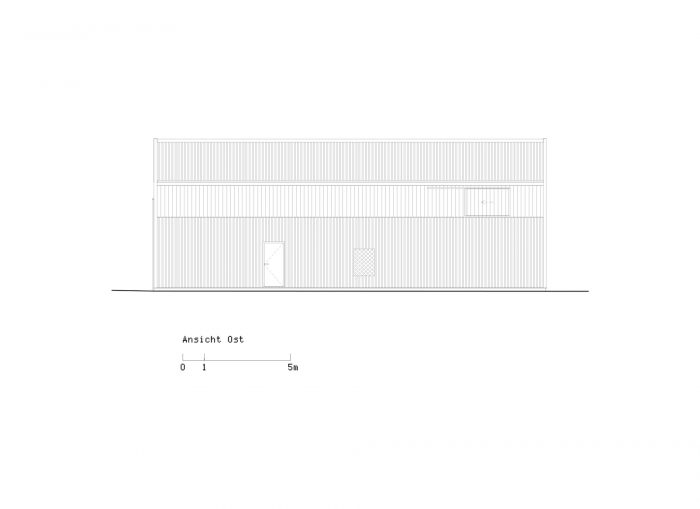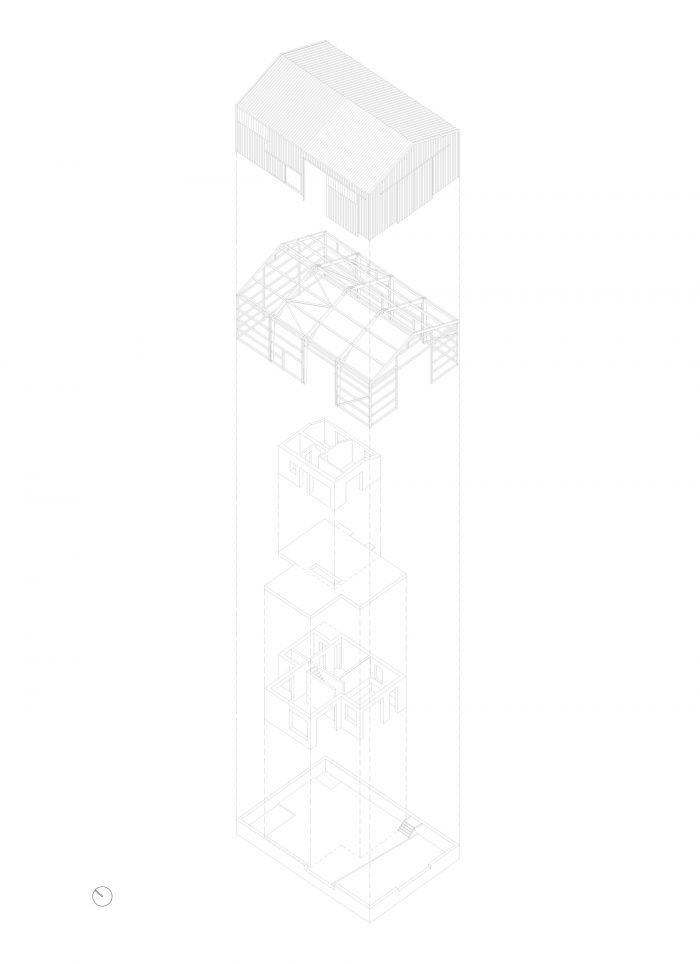自从上次搬家后,柏林的住房市场已经发生了变化。现在已经不可能找到为孩子或需要照顾的父母提供额外空间的廉价公寓了。而且,不再只是文化工作者在休息日离开柏林去乌克马克的新艺术家殖民地。越来越多的柏林人决定保留他们在城市的工作,但却永久地背弃它,而选择在勃兰登堡生活。
The Berlin housing market has changed since the last move. It’s no longer possible to find affordable apartments with extra space for the children or the parent who needs care. And it’s no more just cultural workers leaving Berlin on days off for the new artist colonies in Uckermark. More and more Berliners decide to keep their jobs in the city but turn their backs on it permanently in favor of a life in Brandenburg.
那里有风景如画的房屋,只需一些个人的贡献就可以修复,这一点很吸引人。而且,由于与柏林相比,这里的土地价格较低,可以实现建设,而不需要对一个建筑集团作出永恒的承诺。或者,一个低成本的,由现浇混凝土制成的粗糙的房子,但仍然符合杂志上的美学标准?
There, the promise of picturesque houses that can be restored with just a few personal contributions beckons. And thanks to the low land prices compared to Berlin, construction can be realized without the eternal commitment to a building group. Or perhaps a low-cost, rough house made of cast-in-place concrete, which nevertheless meets the aesthetic standards known from magazines?
用德国建筑师协会建筑成本信息中心(BKI)的特征值进行快速计算,将客户的预算转化为70平方米的混凝土浇筑的居住空间。与他们现在居住的公寓相比,没有任何改进。在这个距离公共交通100分钟的地方,客户已经购买了房产,不仅不会获得额外的空间,甚至会失去生活空间。也许我们必须使用现成的材料,获得一个像农场使用的预制大厅,然后根据屋中屋的原则进行扩建,就像Lacaton & Vassal或Jourda & Perraudin在80年代末建造的温室一样?
A quick calculation with the characteristic values of the Building Cost Information Center of the German Chambers of Architects (BKI) translates the client’s budget into 70 m2 of living space cast in concrete. No improvement over the apartment they now live in. On the property, which is 100 minutes away by public transport and has already been purchased by the clients, not only no additional room would be gained, but living space would even be lost. Perhaps one would have to work with readymades, get a prefabricated hall like those used by farms, and then expand it according to the house-in-house principle, as known from the greenhouses built by Lacaton & Vassal or Jourda & Perraudin in the late 1980s?
c/o现在为客户提供了两种方案的选择。
要么是一个70平方米的裸露的混凝土房子,要么是一个占地面积为200平方米的大厅,然后可以随着时间的推移而扩大,免受天气的影响,并根据预算–也有一部分是客户自己的贡献–逐块建造,最多可达到400平方米的两层可用空间。客户选择了第二种方案。因此,根据场地的参数,用木质结构的预制构件建造了尽可能大的防风雨但没有空调的大厅,这些构件用封闭的、不透明的、透明的和部分可开启的工业建筑材料进行包覆,如墙体区域的梯形板和屋顶的夹芯板。
c/o now offered the clients a choice of both scenarios:
Either a 70 m2 house made of exposed concrete or a hall with a footprint of 200 m2, which could then be expanded over time, protected from the weather and in accordance with the budget – also in part with the client’s own contribution – building block by building block up to a maximum of 400 m2 of usable space on two levels. The clients opted for the second option. Thus, depending on the parameters of the site, the largest possible weatherproof but not air-conditioned hall was created from prefabricated elements in timber construction, which were clad with closed, opaque, transparent, and partially openable industrial building materials such as trapezoidal sheets in the wall area and sandwich panels in the roof.
除了照明和通风开口外,外壳还包括两扇滑动门,将大厅与花园相连。实际施工开始于两层90平方米的可加热核心房屋,在此基础上增加了总共65平方米的 “木屋 “和露台,以及在大厅的气候中间层的60平方米的室内花园。从这一基本设置出发,现在可以在大厅创造的受天气保护的条件下反复增加或减少体积,而不必求助于特别坚固的材料或复杂的建筑技术,如复杂的密封措施。因此,与标准房屋相比,扩建和重建要便宜得多。
In addition to lighting and ventilation openings, the shell also includes two sliding doors that open the hall to the garden. The actual construction began with a heatable core house of 90 m2 on two levels, to which are added a total of 65 m2 of “loggia” and terrace, as well as 60 m2 of an indoor garden in the climatic intermediate layer of the hall. From this basic setting, volumes can now be added or taken away again and again under the weather-protected conditions created by the hall, without having to resort to especially robust materials or complicated construction techniques such as elaborate sealing measures. Extension and rebuilding are thus much cheaper compared to standard houses.
Architects: c/o now
Area : 288 m²
Year : 2022
Photographs :Zara Pfeifer
Structural Engineer : Kränzliner Ingenieursbüro
City : Groß Kreutz
Country : Germany

